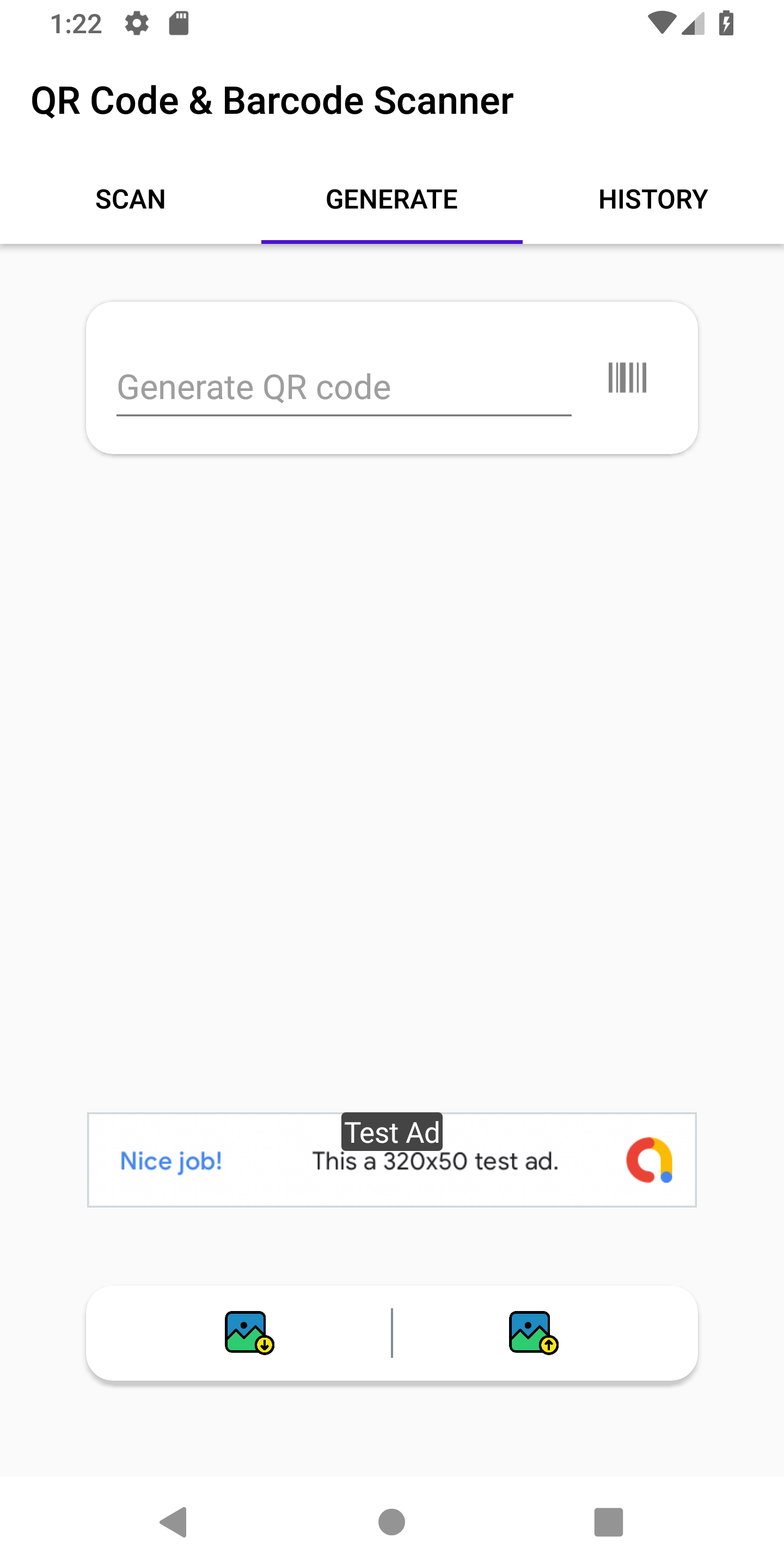

#CONTACT BAR CODE CODE#
See the "Minimum Size for QR Code Print" section below. Read more about QR code versions.īut to ensure scannability with more complex QR codes, they can be made a bit larger. That's not enough data to warrant straying from the 10:1 QR code distance to size ratio. It would require a version 3 QR code with 29 x 29 data modules. The more data, the more rows and columns the QR code has.įor example, let's say you're creating a QR code for a digital menu that's published on the following URL: It can be a lot, which is one of the most defining things about the QR code vs the barcode. When you create a QR code, the version used is based on the amount of characters (AKA data) you encode. Read our How Do QR Codes Work? post for more detailed information about the parts of a QR code. Each version has a higher information capacity than the previous version. And on until version 40, which is 177 x 177. Data modules are the little black and white squares that make up QR codes. Version 1 is 21 data modules wide x 21 data modules high. Especially when you have a lot of data and you're attempting to print the code at a lower resolution.Īt present, there are 40 versions of the QR code. Sometimes data amount affects the size of your QR code. On the flip side, place a digital menu QR code template or a QR code on the table or the wall of a 4-6 person booth and it’ll need to be bigger to account for everyone at the table. They won’t naturally hold their phone up high off the table surface.

If you place a QR code menu or QR-based digital wine list facing up on a table, people will likely be scanning it from a few inches away. The key is predicting the natural, comfortable scanning distance based on the physical environment. So think about where you’ll place your QR code and what physical constraints that placement may have for the people scanning it. You know a QR code needs a 10:1 distance-to-size ratio. How big your QR code needs to be is a function of scanning distance, for the most part.
#CONTACT BAR CODE HOW TO#
Here’s how to determine the minimum size for your QR code. But that may not be the ideal size for your use case. We know a QR code should be a minimum of 2 x 2 cm, in general. But to make sure the majority of current smartphones can scan it, a QR should be at least 2 centimeters wide by 2 centimeters long.Īnd to engage in QR code marketing and QR code tracking sufficiently, you typically need a QR code larger than the minimum. There is no standardized QR code size, and QR codes can actually be smaller than 2 x 2 centimeters. The minimum size of a QR code is 2 x 2 cm, or roughly 0.8 x 0.8”. When making sure your QR code works with a QR code test, scan with this QR code distance to size ratio in mind. In other words, if a QR code is 2" wide, scan it from 20” away. That means the optimal distance of a QR code scanner from a QR code is 10 times the width of the QR code. QR codes were designed for a 10:1 distance-to-size ratio. Remember, there are also different QR code types so choose wisely. Getting your QR code minimum size right is the difference between successfully rolling out an incredibly convenient touchless technology and failure.
#CONTACT BAR CODE FREE#
(Just keep in mind the QR code security risks of using a free online QR code generator, and check out how to find the best QR code generator.) If you’re creating your own QR code, this is invaluable information.

So here’s some information about QR code minimum size. If a QR code won’t scan, everyone’s out of luck. All the QR code statistics bear that out.īut QR codes are only as good as they are reliable. Using QR codes is fast becoming the norm in a world more and more dependent on contactless interaction.


 0 kommentar(er)
0 kommentar(er)
